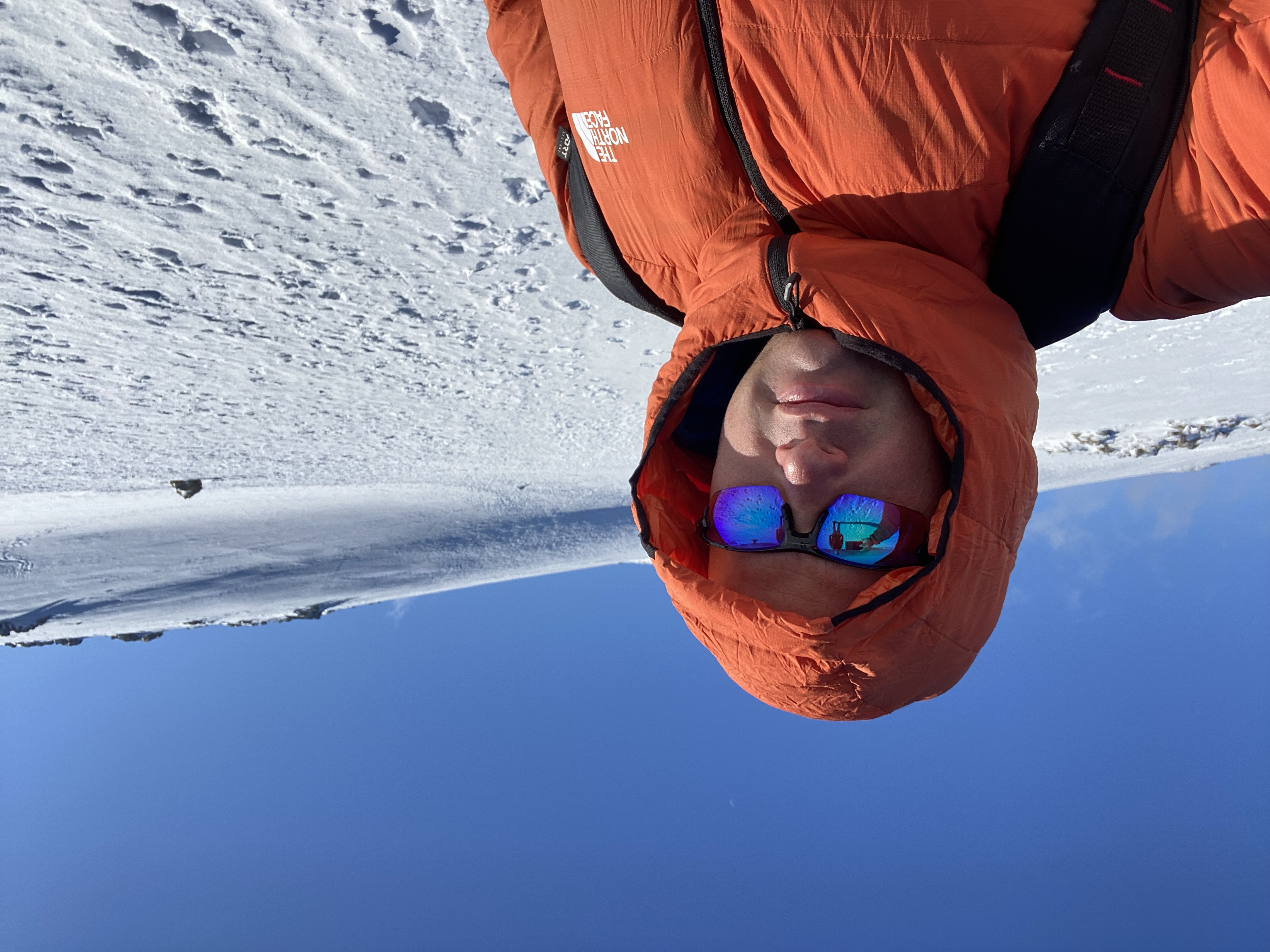
Climbing Ben Nevis: Everything You Need to Know
Introduction:
Are you planning a climb up Ben Nevis, the highest mountain peak in the UK? Whether you’re a seasoned climber or new to the sport, there are certain things you need to know before you start your journey. In this blog post, we’ll provide a list of paths and their suitability, weather considerations and the best time to visit, parking information, and equipment lists for both summer and winter climbing. Read on to learn everything you need to know before attempting to climb Ben Nevis.
Paths and Suitability:
There are four main paths up Ben Nevis: the Pony Track, the Carn Mor Dearg Arete, the Ledge Route, and the CMD Arete. The Pony Track is the most popular and well-maintained path, and is a great option for inexperienced hikers. The Carn Mor Dearg Arete is considered the most challenging path due to its steepness, narrowness, and exposure to high winds. The Ledge Route is also a difficult option, featuring narrow ledges and steep drop-offs. The CMD Arete combines the stunning sights of the Carn Mor Dearg Arete with the ease of the Pony Track. Keep in mind that weather conditions can make any path extremely challenging, so it’s important to know your own experience level and choose accordingly.
Climate and Time of Year:
Ben Nevis is notorious for its unpredictable weather, so it’s important to plan your climb carefully. During the summer months, temperatures can range from cool to warm, with light rainfall and occasional sunshine. The best time to visit is June or July, when temperatures are at their highest and the days are longest. During the winter, snow and ice cover the mountain, and heavy rainfall is common. If you’re planning on winter climbing, it’s important to have experience and appropriate equipment to deal with the hazardous conditions.
Parking:
There are three main parking lots at Ben Nevis: the North Face Car Park, the Glen Nevis Visitor Centre, and Ben Nevis Youth Hostel. The North Face Car Park is the closest to the mountain, but it can fill up quickly, so it’s recommended to arrive early. The Glen Nevis Visitor Centre is a good alternative, with easy access to all paths and amenities on site. The Youth Hostel is a little farther away, but offers free parking and basic facilities.
Equipment List for Summer and Winter:
For summer hikes, you will need a waterproof jacket and trousers, hiking boots with ankle support, warm layers, a hat and gloves, sunscreen, sunglasses, a map and compass, and plenty of water and snacks. If you’re planning on winter climbing, you will need additional gear, such as crampons, an ice axe, a harness, and a helmet. It’s recommended to hire a qualified guide or climb with an experienced partner during the winter months.
Conclusion:
Climbing Ben Nevis is a challenging and rewarding experience that requires careful planning and preparation. With the information provided in this blog post, you should be well-equipped to choose the best path for your skill level, plan your climb based on the season, find convenient parking, and pack essential gear for a successful ascent. Remember to always put safety first, and enjoy the stunning views from the top of Scotland’s highest peak.